By: Bart Gazzola
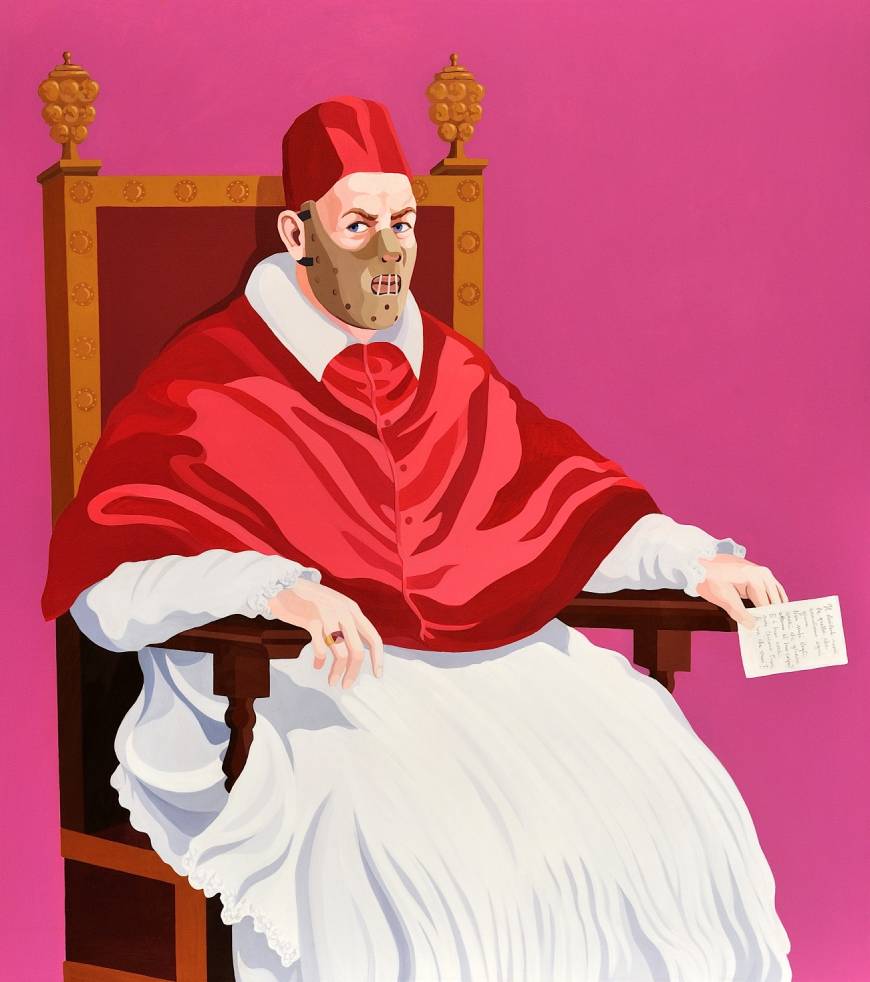
Il silenzio dell’Innocenzo, 2011
May 26, 2021Guiseppe Veneziano, Il silenzio dell’Innocenzo, 2011
To call Guiseppe Veneziano a controversial artist is an understatement. His more challenging works have garnered him fame and censorship, but often his pieces about Koons or Hitler are more stylish provocation than substance, like a child learning a new profanity. But the work I’m sharing today by Veneziano builds upon past artists whose portraits, centuries or decades later, still unsettle us. That this image is less trite and exists more so in the space where art, or art history, can be both subversive and yet direct, is why I consider it worthwhile. 𝘐𝘭 𝘴𝘪𝘭𝘦𝘯𝘻𝘪𝘰 𝘥𝘦𝘭𝘭’𝘐𝘯𝘯𝘰𝘤𝘤𝘦𝘯𝘻𝘰 (2011) appropriates Spanish painter Diego Velázquez Portrait of Pope Innocent X (c.1650), but with the addition of the ‘mouthguard’, so well known to us from Hannibal Lecter. 𝘐𝘭 𝘴𝘪𝘭𝘦𝘯𝘻𝘪𝘰 𝘥𝘦𝘭𝘭’𝘐𝘯𝘯𝘰𝘤𝘤𝘦𝘯𝘻𝘰 has more in common, perhaps, with the painting Study after Velázquez’s Portrait of Pope Innocent X (1953) by Francis Bacon. My own history brings to mind Metis artist Michel Boutin’s amusing and disturbing painting from his Great King Rabbit series: one of his ‘rabbits’ is in papal drag, looking feral, with large teeth, the better to eat you with, my dear (like the skulls of the victims that adorn his throne, with a paw richly adorned in rings, another gripping a stack of cash).
Click HERE for more.
Read More
The Glamour Crew, 1993
May 8, 2021Attila Richard Lukacs, The Glamour Crew, 1993
Atilla Richard Lukacs, for a time, was among the first rank of painters in Canada, if not the world, in his blend of figurative and narrative tropes, appropriating and fracturing art historical references. This work is from his E Werk series, and seeing this monumental (approximately four metres by six metres) painting in person (which I was lucky enough to do, in London, although dwarfed by the figures in his scenes) offers what painting can, and should, be. If you’ve read Timothy Findley’s book Headhunter, it’s understandable to think that his character Julian Slade is based upon Lukacs. At an opening of new paintings, by Slade, in the book, the fictional artist offers the following terse and confrontational statement: “You will see here…savage acts which have been done too long in darkness. It is my belief they should be done in the light. And to that end – these paintings.” Many more of Lukacs’ evocative, if unsettling, painted works can be seen here. ~ Bart Gazzola
Read More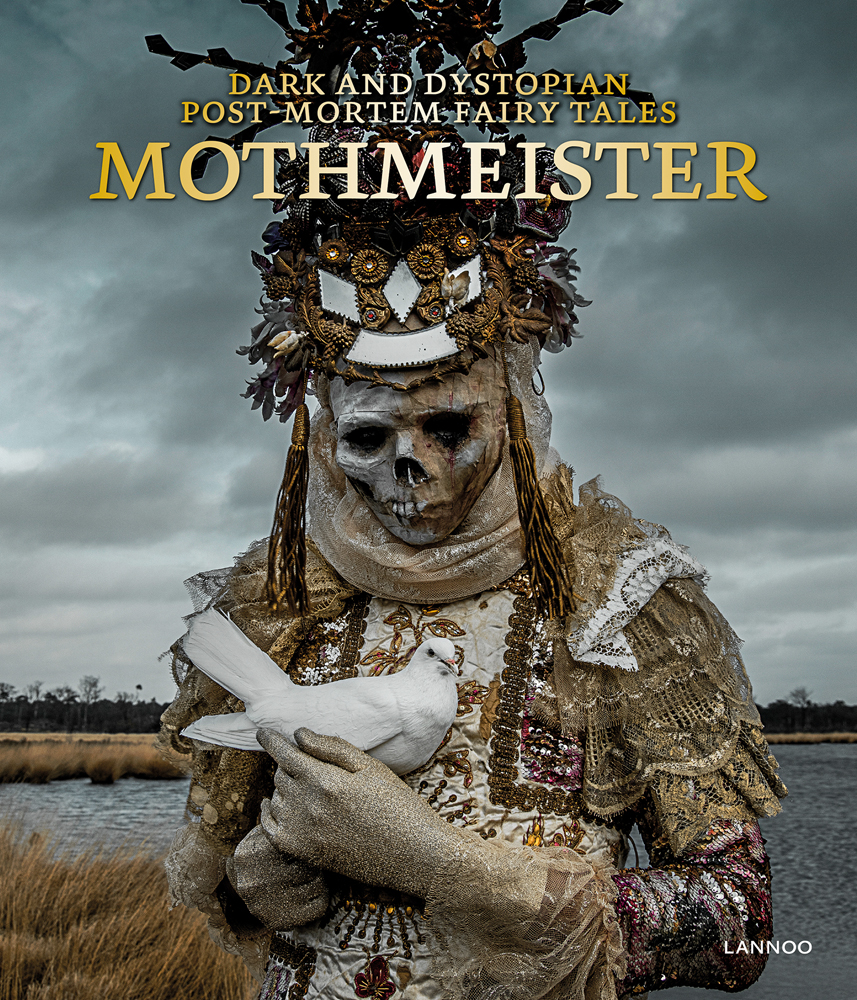
Dark and Dystopian Post – Mortem Fairy Tales
May 26, 2021Mothmeister, Dark and Dystopian Post – Mortem Fairy Tales, 2021
The Belgian artistic duo known as Mothmeister have just released their second book of images entitled ‘Dark and Dystopian Post – Mortem Fairy Tales’, which are a continuation of their beautifully morbid and dark tableaux that they’ve described as Wounderland. These are images that might be described as inappropriately beautiful, with a meticulousness in staging and shooting that might seem in opposition to the subject matter, but are really just a contemporary version of the rich history of memento mori, whether in painting or photography. Their words: “In this luxurious coffee table book we pay tribute to the many muses that incited our unsettling and eccentric dreamworld. These range from artists around the globe, legendary figures and myths and a quirky taxidermy collection to desolate places where our most grotesque and often melancholic characters were born, such as the macabre Capuchin Catacombs of Palermo, the abandoned unearthly town of Pyramiden in Spitsbergen and the site of the Chernobyl disaster.” Follow them on Instagram, and you can buy the book here. ~ Bart Gazzola
Read More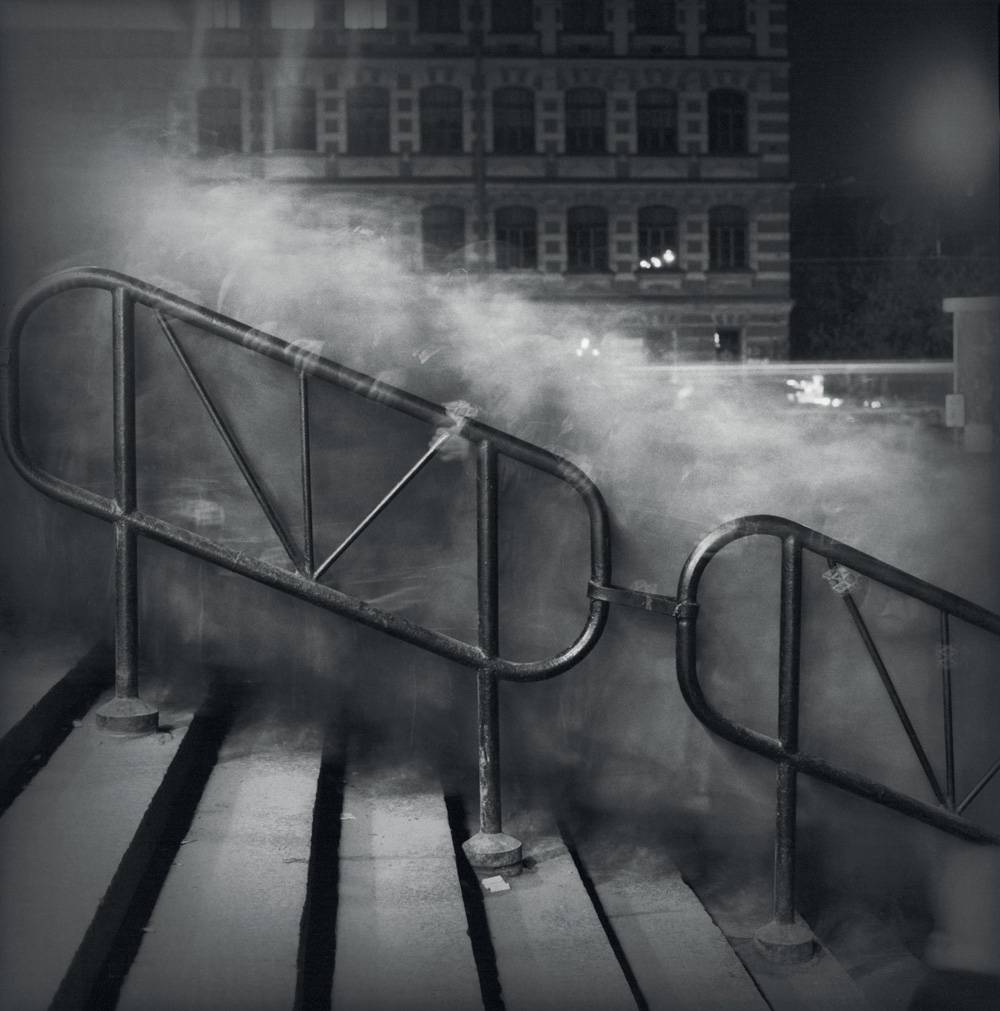
Metro Station Crowd 1, City of Shadows, 1992
April 20, 2021Alexey Titarenko, Vasileostrovoskaya Metro Station Crowd 1, from City of Shadows, 1992
I was twenty two when Titarenko captured this image, a freshly posthumous portrait of the USSR – and that was nearly forty years ago. The Cold War, as we knew it, was over, but the uncertainty, both for the bustling passengers of the once and future St. Petersburg, after its decades as Leningrad, and the rest of the world, is encapsulated in this image. Titarenko is an acclaimed photographer, not least for how after “the collapse of the Soviet Union in 1991 he produced several series of photographs about the human condition of the Russian people during this time and the suffering they endured throughout the twentieth century. To illustrate links between the present and the past, he created powerful metaphors by introducing long exposure and intentional camera movement into street photography. The most well known series of this period is City of Shadows.” More of Titarenko’s work can be seen here.
~ Bart Gazzola
Read More
Dance With Desire
May 8, 2021Irving Layton, Dance With Desire, Selected Love Poems with Drawings by Richard Gorman, 1992
It’s interesting to consider the vagaries of cultural history: what falls in and out of the community mind, and how something that was once a touchstone of cultural discourse may be forgotten. Dance with Desire (Selected Love Poems) by Irving Layton, with illustrations by the late Canadian artist Richard Gorman is notable in this light. Layton (1912 – 2016) offers poems that are often blunt and unflinching, whether about desire or despair in the realms of love and lust (‘...your unopened / Brittle beauty troubles an aging man / Who hobbles after you a little way / Fierce and ridiculous’). Comparisons to Catullus are appropriate. Gorman (1935 – 2010) intersperses and augments the text, with monochromatic, frenetic drawings, aswirl and emotional: one might see faces and forms, of lovers, perhaps entangled or trying to remove themselves from the fray. This was published by Porcupine Quill’s Press and Lake Galleries (the latter producing an additional 110 copies with numbered and signed prints by Gorman, as a limited edition artwork in book form). You can purchase it here. ~ Bart Gazzola
Read More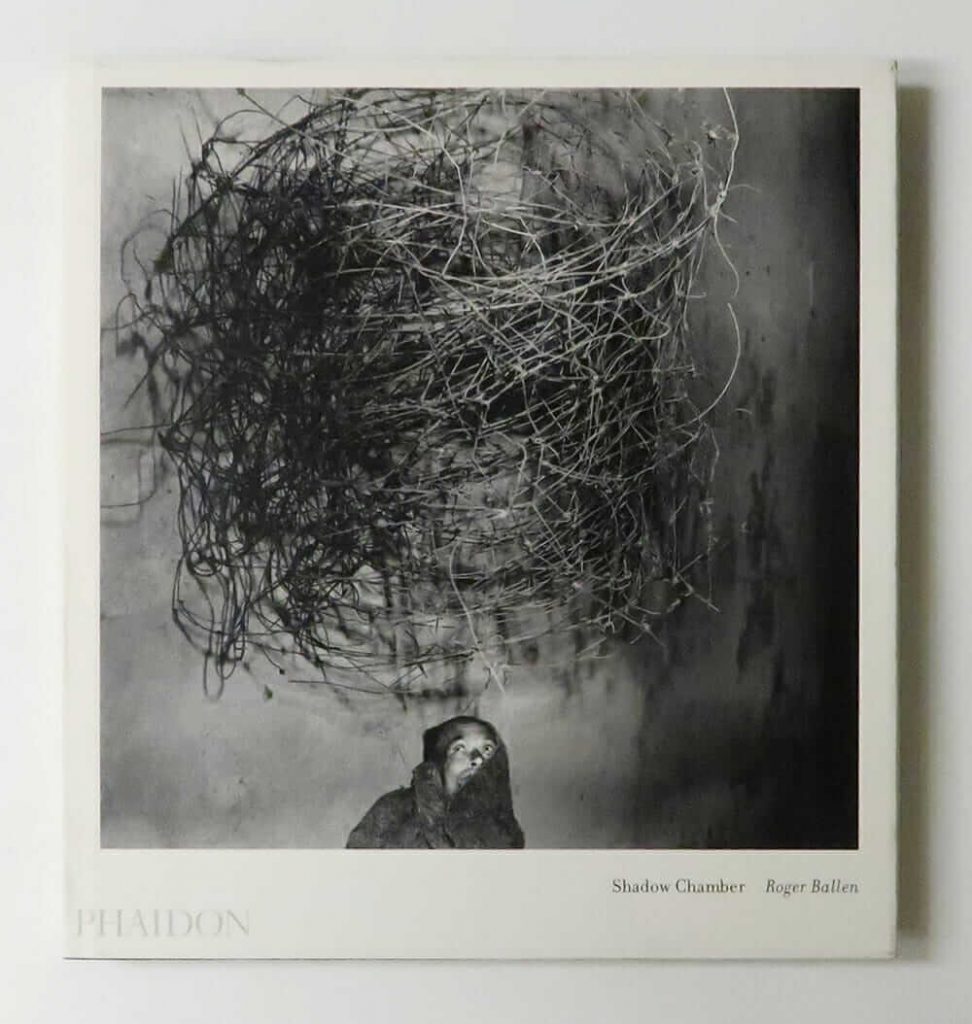
Shadow Chamber
April 20, 2021Roger Ballen, Phaidon Press, 2005
I’ve been familiar with Roger Ballen’s work for several years: the direct yet unsettling images bring to mind the works of Eugene Meatyard or Diane Arbus, and with hints of a performative macabre that goes beyond those two, and perhaps edges up against Joel Peter Witkin (but with less demonstrably ‘freaky’ and more subtle, and thus more pervasive, characters and settings that are more disturbing in their supposed banality) . In an introductory text to this wonderful collection of Ballen’s photographs, Robert A Sobieszek offers the following: “To discern fact from fiction in this work may be simply impossible; to tell acting from real life may also be; to bother with such discernment may not be only futile but missing the point.” I’d argue that Ballen’s work is a glimpse of the very real, and it’s stark and unflinching. A good introduction to this prolific artist’s aesthetic.
~ Bart Gazzola
Read More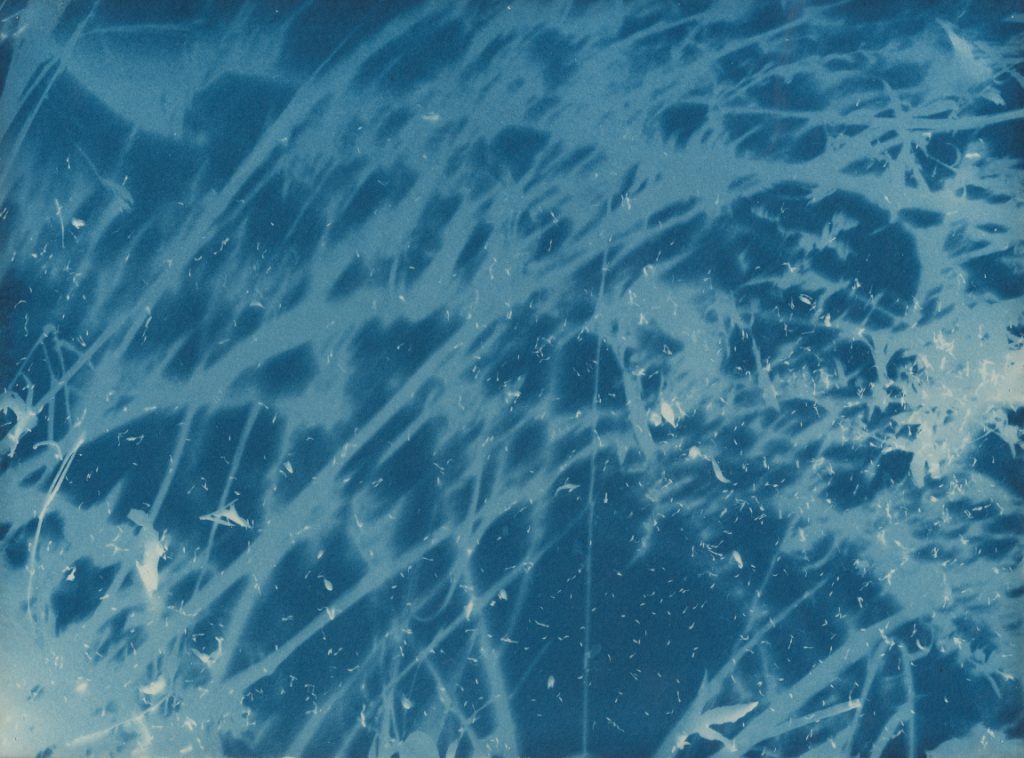
Ariane Plante
October 21, 2021Ariane Plante is an artist who works in sound, photography, video, and installation. Having completed her studies in anthropology, she brings an understanding of what is actual field work and good methodology, to her sensitive and complex projects. Understanding more about her process, and experiencing the appreciative results, confirms for me a long-standing conviction, having attended, and taught in art schools: the best thing for artists to do is study something else in detail, that can be brought to bear on one’s practice.
Read More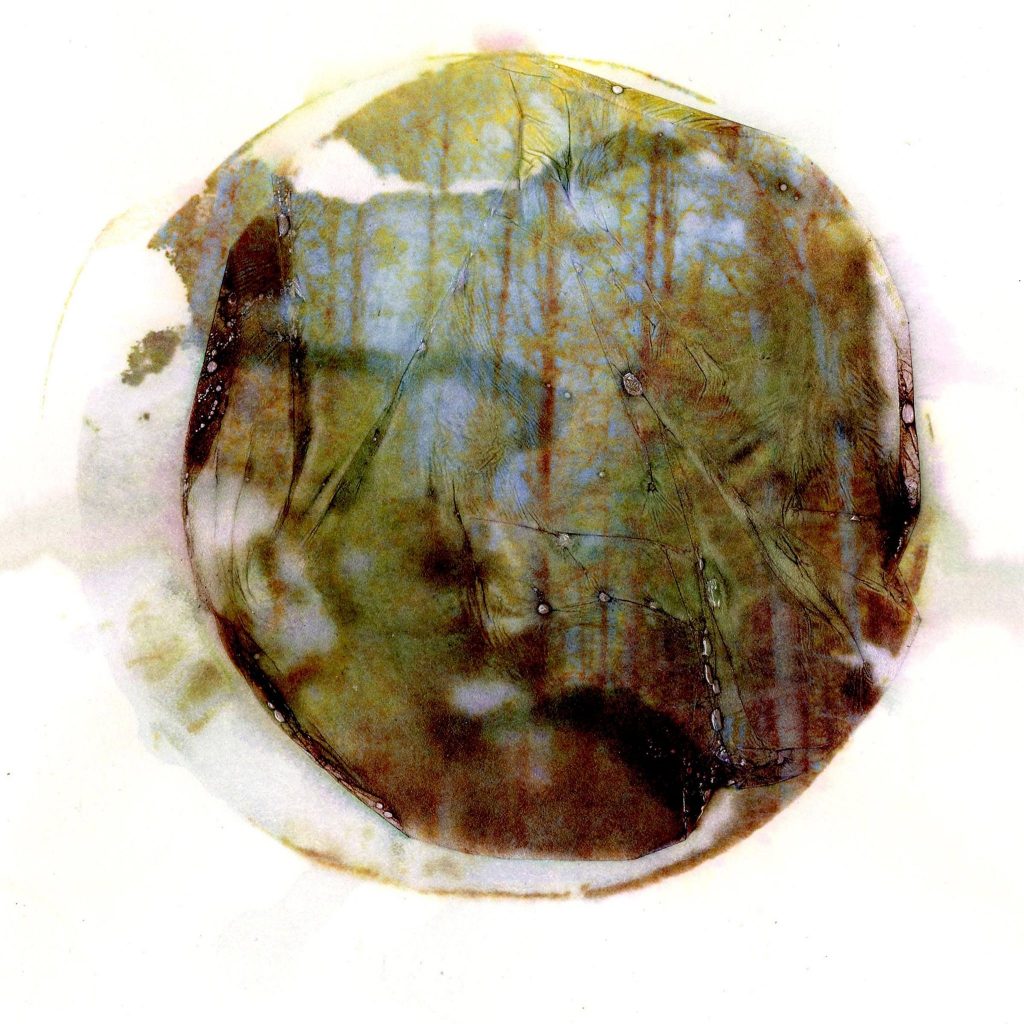
Cree Tylee
April 9, 2021Cree Tylee ``...now I am rampant with memory....`` To be honest, and all the external influences aside, there are some parts... Read More


Recent Comments